Client Alert
COVID-19: Federal Reserve Board Announces It Is Expanding the Scope and Eligibility for the Main Street Lending Program
May 01, 2020
Paul Hastings LLP
The Board of Governors of the Federal Reserve System (the “Federal Reserve”) is expanding the scope and eligibility of the Main Street Lending Program (the “Program”) intended to assist middle-market companies (now defined to include companies with either 15,000 employees or fewer or 2019 annual revenues of $5.0 billion or less). The Federal Reserve initially announced the Program on April 9, 2020 and, at that time, requested public comments on the terms of the Program. Since then, the Federal Reserve has received more than 2,200 comments to modify the Program. In response to comments, the Federal Reserve revised the terms of the Program, expanding its scope and eligibility and adding a third facility to facilitate borrowers with greater leverage. The Program now comprises the:
Main Street New Loan Facility (“MSNLF”)
- New term loans up to $25 million with leverage capped at four times 2019 adjusted EBITDA.
Main Street Priority Loan Facility (“MSPLF”)
- New term loans up to $25 million with leverage capped at six times 2019 adjusted EBITDA.
Main Street Expanded Loan Facility (“MSELF”)
- Add-on loan tranches up to $200 million to previously existing term loans or revolving credit facilities with leverage capped at six times 2019 adjusted EBITDA.
The Federal Reserve suggested that additional facilities are possible to address additional segments of the economy.
The revised Programs are discussed in detail below and are summarized in Annexes A, B-1 and B-2 hereto, but significant modifications include:
- Permitting both the MSNLF and MSPLF to include both secured and unsecured term loans;
- Expanding the MSELF to include both secured and unsecured term loans and revolving credit facilities (provided the upsized tranche is a term loan) and increasing both the minimum loan size from $1 million to $10 million and maximum loan size from $150 million to $200 million and increasing the percentage of outstanding debt to 35% (from 30%);
- Adding a third facility, the MSPLF, permitting borrowers to have greater leverage (six times 2019 adjusted EBITDA, compared to four times 2019 adjusted EBITDA under the MSNLF), subject to increased risk sharing by lenders (retention of a 15% interest compared to a 5% interest for loans made under the MSNLF and MSELF);
- Setting the minimum loan size for MSNLF and MSPLF loans to $500,000 (from $1 million in the MSNLF);
- Expanding the scope and eligibility requirements of the Program by increasing the employee threshold to 15,000 employees or less (from 10,000 employees or less) and 2019 annual revenue threshold to $5 billion or less (from $2.5 billion or less) (note the calculation of both the employee and revenue thresholds use the methodology of the Small Business Administration’s (“SBA”) affiliation rules);
- Publishing Main Street Lending Program Frequently Asked Questions (“FAQs”) for lenders and borrowers, which will updated from time to time;
- Clarifying the methodology used for calculating 2019 adjusted EBITDA, as used to limit loan size;
- Clarifying the calculation of “existing outstanding and undrawn available debt”, as used to limit loan size;
- Basing interest rates for Program loans on LIBOR rather than SOFR;
- Requiring borrowers to commit to make “commercially reasonable efforts” to maintain payroll and retain workers;
- Exempting distributions made by an S corporation or other tax pass-through entity to the extent reasonably required to cover its owners’ tax obligations from the CARES Act restrictions on dividends and other capital distributions applicable to Program borrowers;
- Allowing lenders to cancel or reduce any existing committed lines of credit outstanding to a borrower in an event of default, reduce or terminate uncommitted lines of credit, permit existing lines of credit to expire in accordance with their terms, and reduce availability under existing lines of credit in accordance with their terms due to changes in borrowing bases or reserves in asset-based or similar structures;
- Restricting borrower eligibility by prohibiting businesses ineligible for SBA loans under existing SBA regulations (e.g., non-profits, financial businesses primarily engaged in the business of lending, including banks, casinos and businesses primarily engaged in investment or speculation, including hedge funds and private equity firms);
- Retaining the current ineligibility for nonbank financial institutions to lend under the Program (note the Federal Reserve indicated it is considering options to expand the scope of eligible lenders);
- Confirming that U.S. branches or agencies of foreign banking organizations are eligible to lend under the Program; and
- Clarifying that the participation of a nonbank or foreign bank lender in an existing credit facility should not disqualify that facility from eligibility in the MSELF.
Under the Program, the Federal Reserve Bank of Boston will commit to lend to a single common special purpose vehicle (“SPV”) on a recourse basis. The U.S. Department of the Treasury’s (“Treasury Department”) Exchange Stabilization Fund will make a $75 billion equity investment in the SPV. As a result, borrowers will be subject to the borrower restrictions under Title IV of the CARES Act for the term of the loan plus twelve months, including restrictions on dividends, stock repurchases and executive compensation. However, as noted above, the restrictions on dividends and other capital distributions will not apply to distributions made to owners of pass-through entities such as S corporations, LLCs or partnerships to the extent such distributions are reasonably required to cover its owners’ tax obligations in respect of the entity’s earnings.
Notwithstanding the carve out for distributions made to owners of pass-through entities, restrictions on dividends and other capital distributions or the flow of loan proceeds may present a major obstacle for organizational structures in which a parent company depends upon the regular receipt of cash from a portfolio company or subsidiary. Also, the CARES Act limitations refer to dividends on common stock. An open issue is whether the restrictions on paying dividends and making other capital distributions apply only to a borrower’s common stock or all equity securities (e.g., preferred stock, LLC interests).
The Program is not yet operational. Once operational, the Program will provide liquidity to lenders that originate direct loans to eligible borrowers after April 24, 2020 through the SPV’s purchase of up to $600 billion of participations in such loans (the Federal Reserve and Treasury Department may adjust the Program’s size in the future and/or implement additional facilities). The SPV will cease purchasing loan participations on September 30, 2020, unless the Program is extended by the Federal Reserve and Treasury Department. Loans originated under the Program are full-recourse loans and are not forgivable and the principal amount of a Program loan cannot be reduced through loan forgiveness.
The Main Street Lending Program
The Program currently will include three facilities, each of which was authorized by the Federal Reserve and approved by the Treasury Department under Section 13(3) of the Federal Reserve Act. Because the Program is authorized under Section 13(3) of the Federal Reserve Act, the Federal Reserve will make publicly available certain information regarding the Program, including names and details of participants, as well as amounts borrowed and interest rate charged.
All three facilities will use the same eligible borrower and eligible lender criteria, and have many of the same loan features, including the same maturity, interest rate, deferral of principal and interest for one year, and ability of the borrower to prepay without penalty. These common terms are discussed in detail below and are summarized in Annex A hereto.
Eligibility
Eligible Borrowers
To be an eligible borrower, a business must:
- Be a for-profit entity established prior to March 13, 2020;
- Have either 15,000 employees or fewer or 2019 annual revenues of $5 billion or less; and
- Be created or organized in the U.S. or under the laws of the U.S. “with significant operations in and a majority of its employees based in the United States.”
An additional requirement is that businesses cannot have participated in the Treasury Department’s direct lending programs established under Section 4003(b)(1)-(3) of the CARES Act (i.e., direct Treasury Department support for passenger air carriers, cargo air carriers, businesses critical to maintaining national security and certain related businesses).
Borrowers under the SBA’s Paycheck Protection Program (“PPP”), which was authorized under Section 1102 of the CARES Act, can participate in the Program. The terms of the Program allow borrowers to participate in only one of the Program facilities (MSNLF, MSPLF or MSELF). Moreover, borrowers under the Program are prohibited from participating in the Federal Reserve’s Primary Market Corporate Credit Facility, which purchases corporate debt of investment grade companies, as well as certain companies that were investment grade as of March 22, 2020. FAQ E.1 provides additional guidance on the eligible borrower definition.
New FAQ E.5 clarifies that the methodology in the SBA’s affiliation rules are to be used purposes of calculating employee and revenue thresholds for Program eligibility (see 13 C.F.R. § 121.301(f)). Thus, as is the case under the SBA’s PPP, certain companies that otherwise may be eligible to participate in the Program on a standalone basis may be ineligible to participate in the Program once employees or revenues are aggregated with controlling parent companies and/or other companies under common control. In addition to aggregating employees, new FAQ E.3 makes clear that all employees, including full-time, part-time, seasonal or otherwise employed persons must be counted towards the 15,000 employee threshold (volunteers and independent contractors are excluded). Note that the SBA’s affiliation rules require companies to count all U.S. and non-U.S. employees (see 13 C.F.R. § 121.301(f)(8)).
According to FAQ E.4, in determining 2019 annual revenues, a business may use its (and its affiliates’) revenue per its 2019 GAAP-audited financial statements or its (and its affiliates’) fiscal year 2019 annual receipts (as such term is defined by the SBA) as reported on its federal tax return. According to that FAQ, if a borrower (or its affiliate) does not yet have audited financial statements or annual receipts for 2019, the borrower (or its affiliate) should use its most recent audited financial statements or annual receipts.
There is no exclusion in the Program for U.S. businesses owned or operated by foreign entities or individuals. It is, however, unclear what it means for a borrower to have “significant operations in the U.S.” for purposes of the eligible borrower definition and the FAQs do not provide any insight. Nonetheless, the requirement that an eligible borrower have significant operations in and a majority of its employees based in the U.S. suggests that U.S. subsidiaries of foreign companies may be eligible to participate (subject to the application of the SBA’s affiliation rules for purposes of determining eligibility).
Finally, the FAQs provide no guidance as to whether participation in the Program will trigger new Know Your Customer (“KYC”) compliance requirements or, whether like the PPP, lenders will not be required to re‐certify that existing customers comply with applicable KYC requirements (thereby expediting the disbursement of loan proceeds).
Ineligible Borrowers
In addition to those entities that will be ineligible as a result of the application of the SBA’s affiliation rules, for purposes of the Program, businesses that are ineligible for SBA business loans as identified in the SBA’s regulations (see 13 C.F.R. §§ 120.110(b)-(j) and (m)-(s), as modified by regulations implementing the PPP on or before April 24, 2020) are ineligible for loans under the Program. This includes non-profits, financial businesses primarily engaged in the business of lending (i.e., banks), businesses primarily engaged in investment or speculation, including hedge funds and private equity firms, and casinos. As a practical matter, for portfolio companies of private equity firms, loans will have to be sought at the portfolio company level, with the SBA affiliation rules applied to determine number of employees and revenues and Program eligibility.
The application of these restrictions to the Program may be modified at the discretion of the Federal Reserve. Indeed, FAQs E.6 and E.7 indicate the Federal Reserve is evaluating the feasibility of adjusting the borrower eligibility criteria and loan eligibility metrics for non-profit organizations, asset-based borrowers and other entities whose credit risk is generally not evaluated on the basis of EBITDA.
Borrowers will be required to make the certifications set forth in Annex B-1. According to FAQ H.3, the borrower commitments/certifications will not prohibit a borrower:
- From repaying (or a lender accepting repayment of) a line of credit (including a credit card) in accordance with the borrower’s normal course of business usage for such credit;
- Incurring and paying additional debt obligations required for the normal course of business and on standard terms, provided that such debt is secured by newly-acquired property such as inventory or equipment and, apart from that security, is of equal or lower priority as that of the loan; or
- Refinancing maturing debt.
Borrowers are no longer required to attest that they require financing due to the COVID-19 pandemic. Interestingly, each borrower is required to make only “commercially reasonable efforts” to maintain its payroll and retain its employees during the time the loan is outstanding “in light of its capacities, the economic environment, its available resources, and the business need for labor”. FAQ G.8 clarifies that a borrower that has furloughed or laid off workers is still eligible to borrow under the Program.
Eligible Lenders
Eligible lenders for each of the facilities in the Program include:
- U.S. federally-insured depository institutions (including banks, savings associations, and credit unions);
- U.S. branches or agencies of foreign banks;
- U.S. bank holding companies, U.S. savings and loan holding companies;
- U.S. intermediate holding companies of foreign banking organizations; or
- U.S. subsidiaries of any of the foregoing.
At this time nonbank financial institutions not owned or controlled by a banking organization are ineligible to lend under the Program. However, the Federal Reserve noted in FAQ I.1 that it is considering options to expand the list of eligible lenders in the future.
According to new FAQ F.3, lenders are expected to underwrite borrowers and conduct an assessment of each potential borrower’s financial condition and creditworthiness at the time of the potential borrower’s application and apply their own underwriting standards in determining whether to approve loans under the Program. However, FAQ H.6 clarifies that lenders are not expected to independently verify an applicant’s certifications or actively monitor ongoing compliance with required covenants.
Lenders may not cancel or reduce any existing committed lines of credit outstanding to the borrower. However, FAQ H.5 clarifies that lenders are allowed to:
- Cancel or reduce any existing committed lines of credit outstanding to a borrower in an event of default;
- Reduce or terminate uncommitted lines of credit;
- Allow existing lines of credit to expire in accordance with their terms; and
- Reduce availability under existing lines of credit in accordance with their terms due to changes in borrowing bases or reserves in asset-based or similar structures.
Lenders will be required to make specific certifications regarding the Program requirements set forth in Annex B-2.
Loan Amounts and Priority
Lenders may originate new loans under the MSNLF and MSPLF or use the MSELF to increase the size of existing loans to their customers. As a practical matter, depending on the terms of existing debt documents, the issuance of Program loans may require consent from a borrower’s existing lender group and/or other creditors. An open issue is whether such consents are feasible, and at what cost to the parties.
Loans under the MSNLF and MSPLF may range from $500,000 (lowered from $1 million) to $25 million. The maximum loan size will be the lesser of (i) $25 million or (ii) four times 2019 adjusted EBITDA (in the case of MSNLF loans) or six times 2019 adjusted EBITDA (in the case of MSPLF loans).
Loans under the MSNLF and MSPLF will be term loans and may be secured or unsecured at the lender’s discretion.
As for priority, MSNLF and MSPLF loans contain different terms:
- MSNLF loans may not be, at the time of origination or at any time during its term, contractually subordinated in terms of priority to any other loans or debt instruments of the borrower. Thus, a MSNLF loan may not be junior in priority in bankruptcy to the borrower’s other unsecured loans or debt instruments. FAQ B.3 makes clear that this provision does not prevent:
- The issuance of a MSNLF loan that is a secured loan (including in a second lien or other capacity) to a borrower, whether or not the borrower has an outstanding secured loan of any lien position or maturity;
- The issuance of a MSNLF loan that is an unsecured loan to a borrower, regardless of the term or secured or unsecured status of the borrower’s existing indebtedness; or
- The borrower from taking on new secured or unsecured debt after receiving an MSNLF loan, provided the new debt would not have higher contractual priority in bankruptcy than the MSNLF loan.
- MSPLF loans must be, at the time of origination and at all times thereafter, senior to or pari passu with, in terms of priority and security, the borrower’s other loans or debt instruments, other than mortgage debt.
Under the MSELF, lenders increase (or “upsize”) a borrower’s existing term loan or revolving credit facility. The upsized tranche is:
- a four-year term loan ranging in size from $10 million to $200 million (increased from $1 million and $150 million, respectively); and
- subject to a maximum loan size of the lesser of:
- $200 million;
- 35% (increased from 30%) of the borrower’s existing outstanding and undrawn available debt that is pari passu in priority with the loan and equivalent in secured status (i.e., secured or unsecured); or
- six times the borrower’s 2019 adjusted EBITDA.
At the time of upsizing and at all times thereafter, the upsized tranche must be senior to or pari passu with, in terms of priority and security, the borrower’s other loans or debt instruments, other than mortgage debt. An MSELF upsized term loan tranche must be secured if the underlying loan is secured.
According to FAQ D.3, if the loan underlying an MSELF upsized term loan is part of a multi-lender facility, the lender must be one of the lenders that holds an interest in the underlying loan at the date of upsizing. However, the FAQ makes clear that only the lender for the MSELF upsized term loan is required to meet the eligible lender criteria. Other members of the multi-lender facility are not required to be eligible to lend under the Program. Therefore, the participation of a nonbank or foreign bank lender in an existing credit facility should not disqualify that facility from eligibility in the MSELF.
EBITDA Calculation
FAQ G.1 clarifies that for MSNLF and MSPLF loans, the methodology used by a lender to calculate 2019 adjusted EBITDA for a borrower must be a methodology it previously used for adjusting EBITDA when extending credit to the borrower or to similarly situated borrowers on or before April 24, 2020. That FAQ also makes clear that for MSELF loans, the methodology used by the lender to calculate 2019 adjusted EBITDA for the borrower must be the methodology it previously used for adjusting EBITDA when originating or amending the underlying loan on or before April 24, 2020.
Because the leverage governors were not increased for the MSNLF or MSELF, however, the Program likely will remain inaccessible for many companies.
Calculating “Existing Outstanding and Undrawn Available Debt”
The phrase “existing outstanding and undrawn available debt” is clarified by FAQ G.2 to include all amounts borrowed under any loan facility, including unsecured or secured loans from any bank, nonbank financial institution, or private lender, as well as any publicly issued bonds or private placement facilities. The term also includes all unused commitments under any loan facility, excluding:
- Any undrawn commitment that serves as a backup line for commercial paper issuance;
- Any undrawn commitment that is used to finance receivables (including seasonal financing of inventory);
- Any undrawn commitment that cannot be drawn without additional collateral; and
- Any undrawn commitment that is no longer available due to change in circumstance.
Existing outstanding and undrawn available debt will be calculated as of the date of the loan application.
Participations and Ratings
Under the Program, eligible lenders originate new term loans to borrowers and sell a participation to the SPV – a 95% participation in the case of MSNLF and MSELF loans and an 85% participation in the case of MSPLF loans in recognition of their higher credit risk. All such sales will be structured as “true sales” and must be completed expeditiously after the origination of the loan. The lender must retain its 5% interest (or 15% interest in the case of MSPLF loans) until the earlier of maturity or the sale by the SPV of all of its participation. In the case of MSELF loans, the lender must also retain its interest in the underlying loan until the earlier of maturity of the underlying loan, maturity of the upsized tranche, or the sale by the SPV of all of its participation. Risk on all loans is shared on a pari passu basis.
In order for an eligible borrower to receive a MSNLF or MSPLF loan, any existing loan it had outstanding with the lender as of December 31, 2019 must have had an internal risk rating (based on the lender’s risk rating system) that was equivalent to a “pass” in the Federal Financial Institutions Examination Council’s (“FFIEC”) supervisory rating system as of that date. Similarly, for a MSELF loan, the underlying loan must have had an internal risk rating equivalent to a “pass” in the FFIEC’s supervisory rating system as of December 31, 2019.
Terms, Principal and Interest Deferral and Interest Rate
Principal and interest payments for all loans obtained under the Program (MSNLF, MSPLF, or MSELF) are deferred for one year. However, the Federal Reserve clarified that unpaid interest will be capitalized.
For MSNLF loans, the loan will be amortized over the remaining term of the loan, with one-third of principal due at the end of each of years two and three, and one-third due at maturity at the end of year four.
For MSPLF and MSELF loans, the loan will be amortized over the remaining term of the loan, with 15% of principal due at the end of year two, 15% of principal due at the end of year three, and a balloon payment of 70% of principal due at maturity at the end of year four. New FAQ G.5 makes clear that principal includes capitalized interest.
As noted, interest rates for all loans are now based on LIBOR (rather than SOFR) at an adjustable rate of LIBOR (1 or 3 month) plus 300 basis points (compared to adjustable rate of SOFR plus a range of 250-400 basis points). Given the anticipated phase-out of LIBOR during the term of loans under the Program, we recommend that credit agreements reflect changes in the benchmark rate.
Fees and Disclosures
Lenders must pay a facility fee to the SPV equal to 100 basis points of the principal amount of the MSNLF or MSPLF loan or 75 basis points of the principal amount of the upsized tranche under the MSELF and are allowed to pass the fee on to borrowers.
Lenders may charge an origination fee of up to 100 basis points of the principal amount of the MSNLF or MSPLF loan or up to 75 basis points of the principal amount of the upsized tranche under the MSELF. According to FAQ G.7, lenders have discretion over whether and when to charge this fee.
The SPV will pay each participating lender 25 basis points of the principal amount of its participation per annum for loan servicing.
Finally, as noted above, the Program is not yet operational. Prospective borrowers should contact their bank lenders to determine whether their lenders will participate in the Program and to request more information on the bank’s application process.
* * *
Paul Hastings is actively counselling clients on the Program and other emergency lending programs and stimulus programs adopted to date by the Federal Reserve, Treasury and the federal banking agencies. This information remains fluid and subject to change as these emergency lending programs and other stimulus programs are finalized and implemented.
Annex A
Common Program Terms
All three facilities under the Program have many of the same or similar features, certain of which are highlighted below.
|
Loan Features under the Program |
MSNLF |
MSPLF |
MSELF |
|
Type of Loan |
Secured or unsecured term loan originated after April 24, 2020 |
Secured or unsecured term loan originated after April 24, 2020 |
Secured or unsecured term loan or revolving credit facility originated on or before April 24, 2020 and has a remaining maturity of at least 18 months, provided that the upsized tranche of the loan is a term loan |
|
Term |
4 years |
4 years |
4 years |
|
Minimum loan size |
$500,000 |
$500,000 |
$10,000,000 |
|
Maximum loan size |
Lesser of $25 million or four times 2019 adjusted EBITDA |
Lesser of $25 million or six times 2019 adjusted EBITDA |
Lesser of $200 million, 35% of outstanding and undrawn available debt, or six times 2019 adjusted EBITDA |
|
Loan Participations |
SPV: 95% Lender: 5% Risk shared on a pari passu basis Lender must retain its 5% interest until the earlier of maturity or the sale by the SPV of all of its participation |
SPV: 85% Lender: 15% Risk shared on a pari passu basis Lender must retain its 15% interest until the earlier of maturity or the sale by the SPV of all of its participation |
SPV: 95% Lender: 5% Risk on upsized tranche shared on a pari passu basis Lender must retain its 5% portion of the upsized tranche until the earlier of maturity of the upsized tranche or the sale by the SPV of all of its participation Lender must also retain its interest in the underlying loan until the earlier of maturity of the underlying loan, maturity of the upsized tranche, or the sale by the SPV of all of its participation |
|
Principal and Interest Deferral |
One year (unpaid interest will be capitalized) |
One year (unpaid interest will be capitalized) |
One year (unpaid interest will be capitalized) |
|
Payment |
Years 2-4: 33.33% each year |
Years 2-4: 15%, 15%, 70% |
Years 2-4: 15%, 15%, 70% |
|
Rate |
Adjustable rate of LIBOR (1 or 3 month) + 300 basis points |
Adjustable rate of LIBOR (1 or 3 month) + 300 basis points |
Adjustable rate of LIBOR (1 or 3 month) + 300 basis points |
|
Prepayment without penalty |
Permitted |
Permitted |
Permitted |
|
Employee Retention |
Each borrower should make commercially reasonable efforts to maintain its payroll and retain its employees during the time the MSNLF loan is outstanding “in light of its capacities, the economic environment, its available resources, and the business need for labor” A borrower that has already laid-off or furloughed workers is eligible to apply for an MSNLF loan |
Each borrower should make commercially reasonable efforts to maintain its payroll and retain its employees during the time the MSPLF loan is outstanding “in light of its capacities, the economic environment, its available resources, and the business need for labor” A borrower that has already laid-off or furloughed workers is eligible to apply for an MSPLF loan |
Each borrower should make commercially reasonable efforts to maintain its payroll and retain its employees during the time the upsized tranche of the underlying loan is outstanding “in light of its capacities, the economic environment, its available resources, and the business need for labor” A borrower that has already laid-off or furloughed workers is eligible to apply for an upsized loan |
|
Transaction Fee |
A lender will pay the SPV a transaction fee of 100 basis points of the principal amount of the MSNLF loan at the time of origination and may pass on the fee to borrowers |
A lender will pay the SPV a transaction fee of 100 basis points of the principal amount of the MSPLF loan at the time of origination and may pass on the fee to borrowers |
A lender will pay the SPV a transaction fee of 75 basis points of the principal amount of the upsized tranche at the time of upsizing and may pass on the fee to borrowers |
|
Loan Origination and Servicing Fees |
A borrower will pay its lender an origination fee of up to 100 basis points of the principal amount of the MSNLF loan at the time of origination (lenders have discretion over whether and when to charge this fee) The SPV will pay a lender 25 basis points of the principal amount of its participation per annum for loan servicing |
A borrower will pay its lender an origination fee of up to 100 basis points of the principal amount of the MSPLF loan at the time of origination (lenders have discretion over whether and when to charge this fee) The SPV will pay a lender 25 basis points of the principal amount of its participation per annum for loan servicing |
A borrower will pay its lender an origination fee of up to 75 basis points of the principal amount of the upsized tranche at the time of upsizing (lenders have discretion over whether and when to charge this fee) The SPV will pay a lender 25 basis points of the principal amount of its participation per annum for loan servicing |
Annex B-1
Required Borrower Certifications and Covenants
Borrowers under the Programs will be required to make five commitments/certifications in connection with any Program loan:
- The borrower will not repay the principal balance of, or pay any interest on, any debt until the loan is repaid in full, unless the debt or interest payment is mandatory and due.
- However, under the MSPLF the borrower may use proceeds of the MSPLF loan, at the time of origination, to refinance existing debt owed to a different lender (i.e., not the lender originating the MSPLF loan) (as a practical matter, cash is fungible, so how can a borrower best record and evidence its use of proceeds to establish it did not repay debt under existing lines of credit?).
- The borrower will not seek to cancel or reduce any of its committed lines of credit with the lender or any other lender.
- The borrower has a reasonable basis to believe that, as of the date of origination of the loan and after giving effect to such loan, it has the ability to meet its financial obligations for at least the next 90 days and does not expect to file for bankruptcy during that time period.
- The borrower will comply with the borrower restrictions under Title IV of the CARES Act for the term of the loan plus twelve months, including restrictions on dividends, stock repurchases and executive compensation.
- As noted, the restrictions on dividends and other capital distributions will not apply to distributions made to owners of pass-through entities such as S corporations, limited liability companies or partnerships to the extent such distributions are reasonably required to cover its owners’ tax obligations in respect of the entity’s earnings.
- The borrower is eligible to participate in the Program and is in compliance with the conflict of interest provisions of Section 4019(b) of the CARES Act (relating to ownership interests by certain government officials and their family members).
Annex B-2
Required Lender Certifications and Covenants
Lenders under the Programs will be required to make four commitments/certifications to the Federal Reserve in connection with any Program loan:
- The lender will not request that the borrower repay any debt extended by the lender to the borrower, or pay interest thereon, until the loan (or upsized tranche in the case of the MSELF) is repaid in full – unless the debt or interest payment is mandatory and due or in the case of default and acceleration.
- The lender will not cancel or reduce any existing committed lines of credit to the borrower, except in an event of default.
- The lender certifies the methodology used for calculating the borrower’s 2019 adjusted EBITDA for the leverage requirements is the methodology it has previously used for adjusting EBITDA when extending credit to the borrower or similarly situated borrowers on or before April 24, 2020 in the case of MSNLF or and MSPLF loans or origination or amending the underlying loan on or before April 24, 2020 (previously the borrower had to certify it satisfied the EBITDA leverage condition).
- The lender must certify that it is eligible to participate in the Program and is in compliance with the conflict of interest provisions of Section 4019(b) of the CARES Act.
Contributors
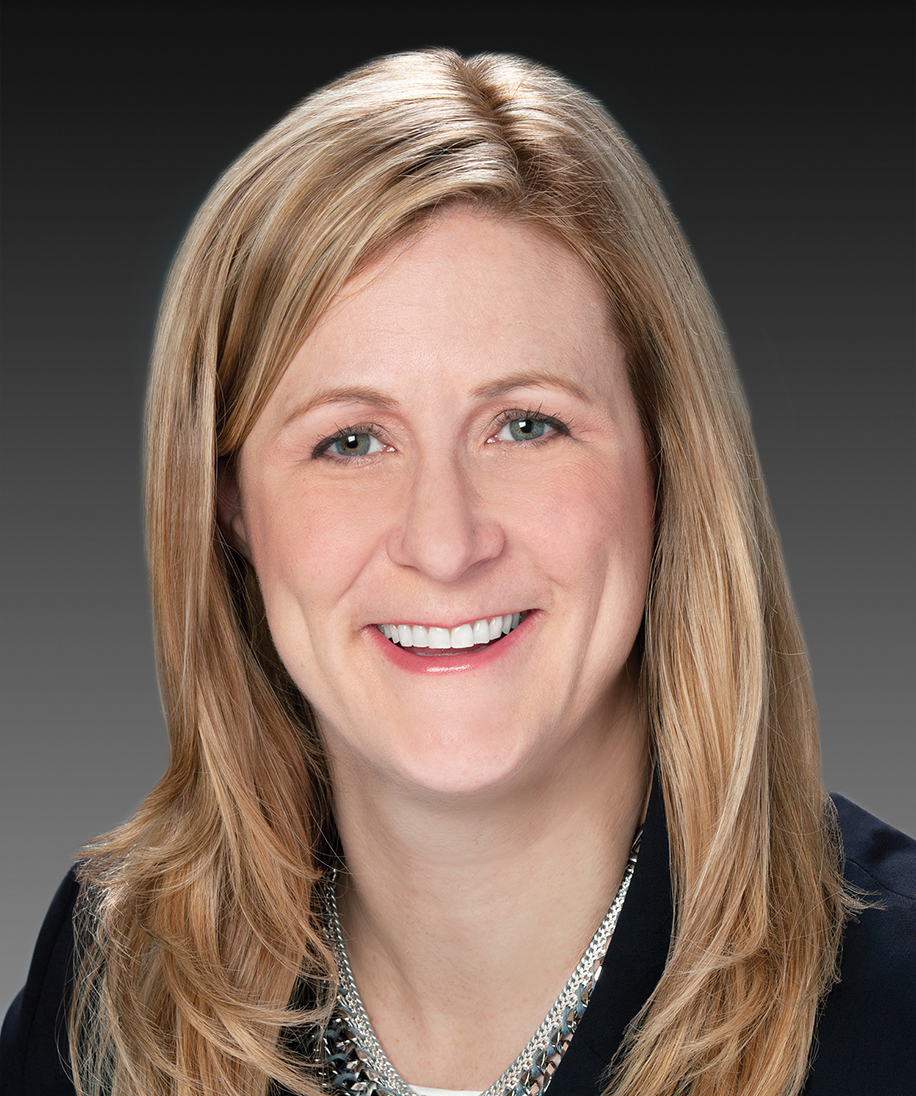
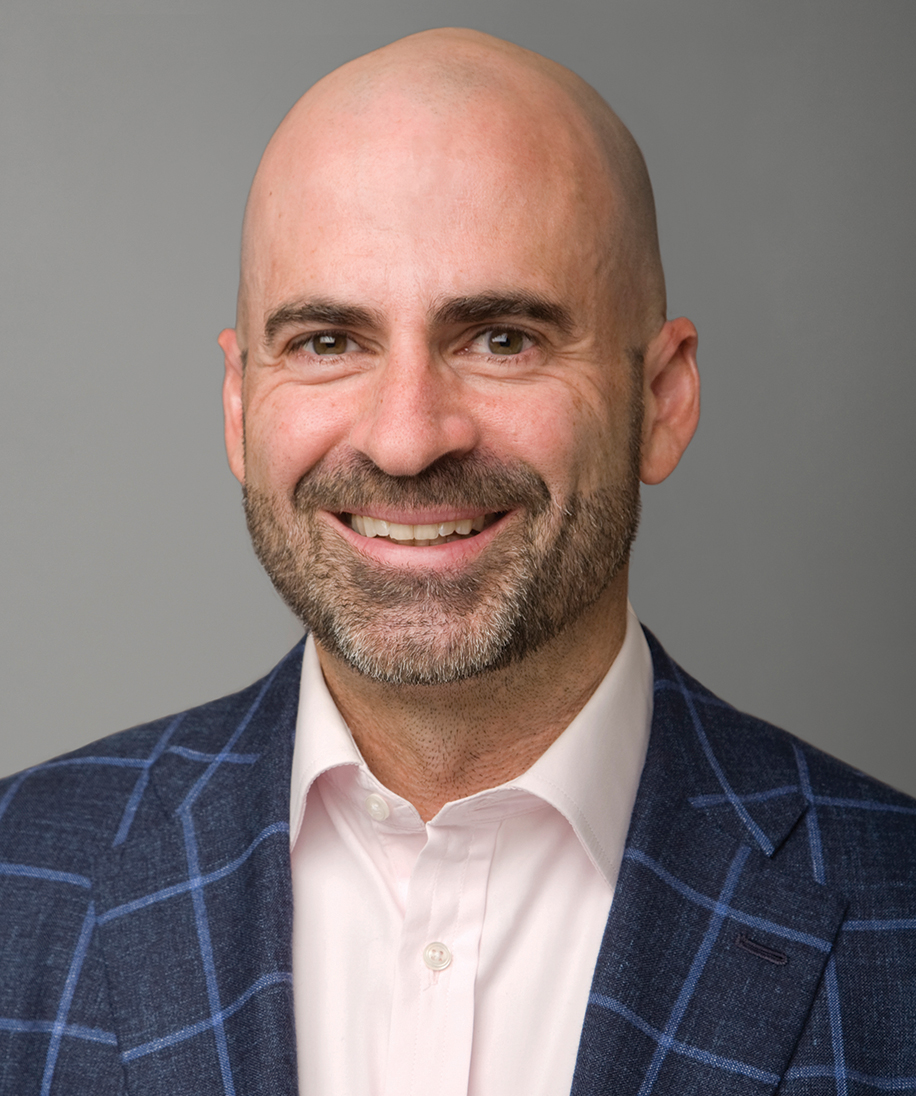

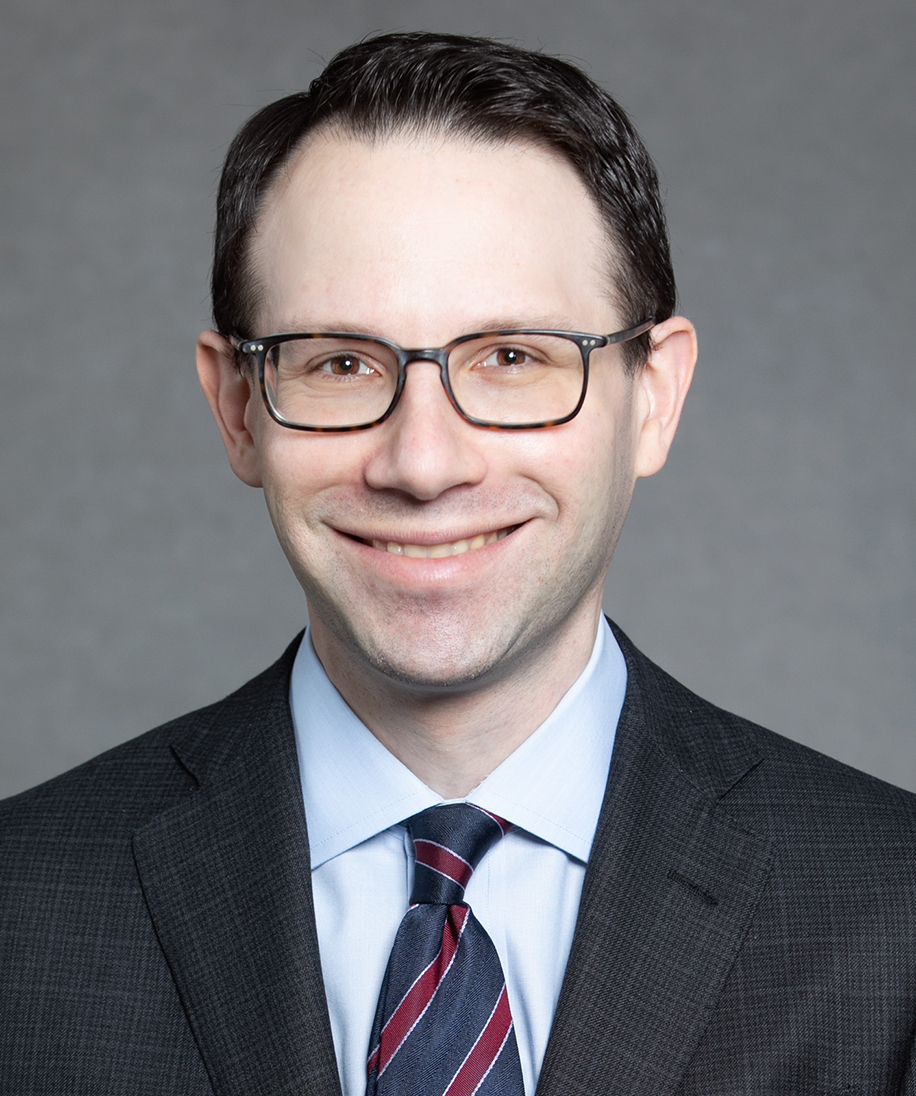
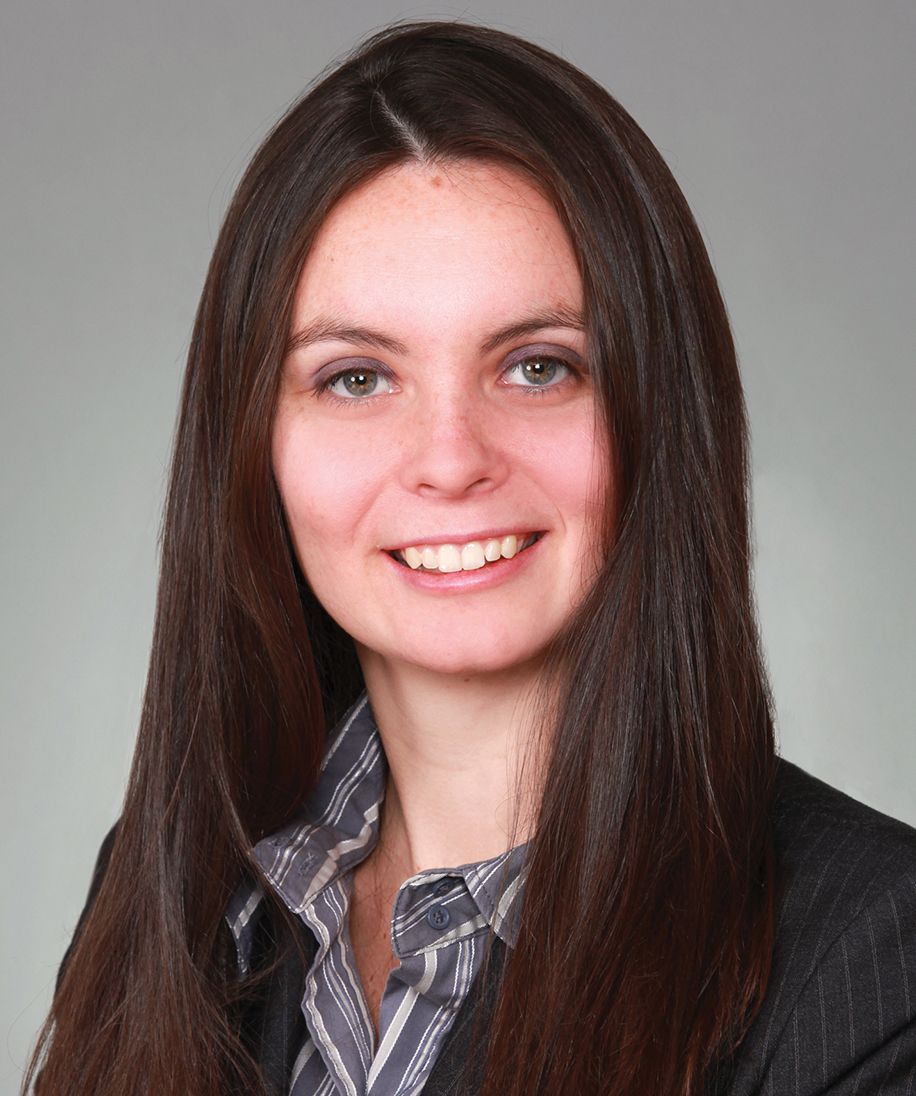

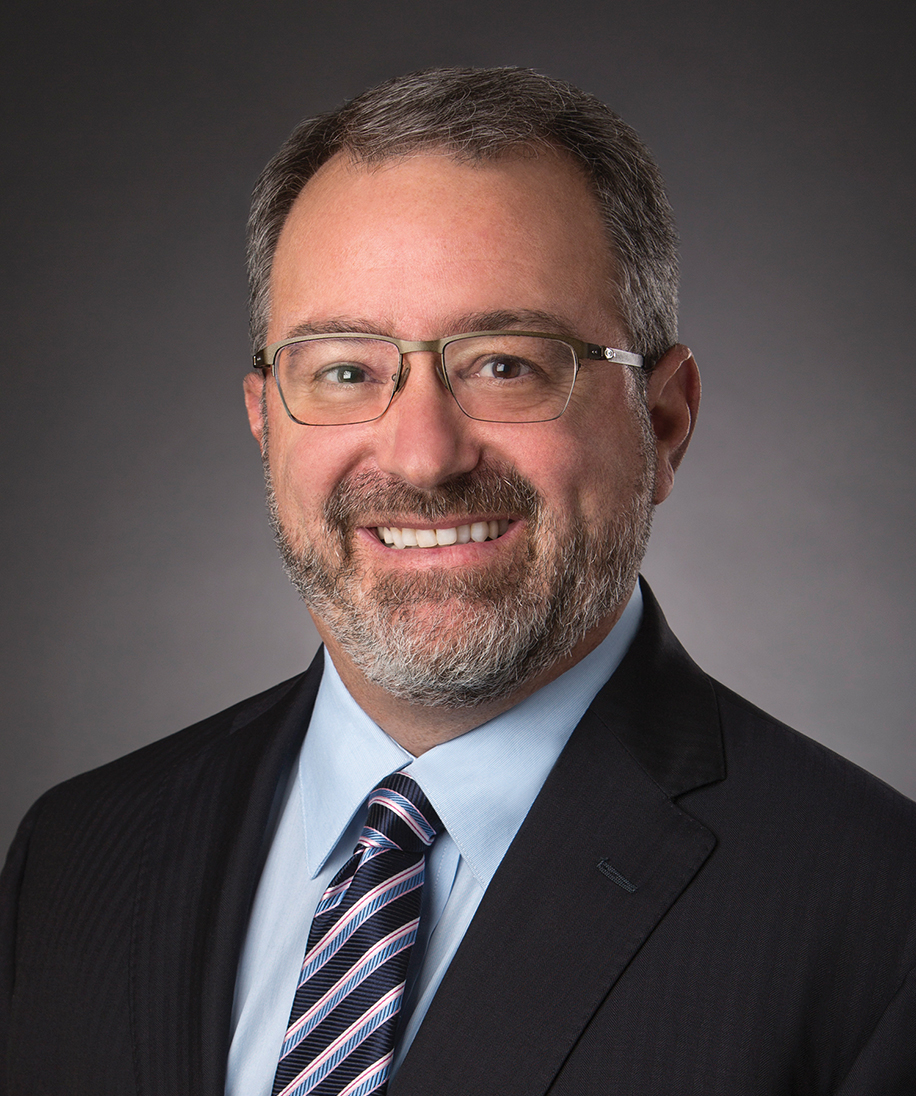
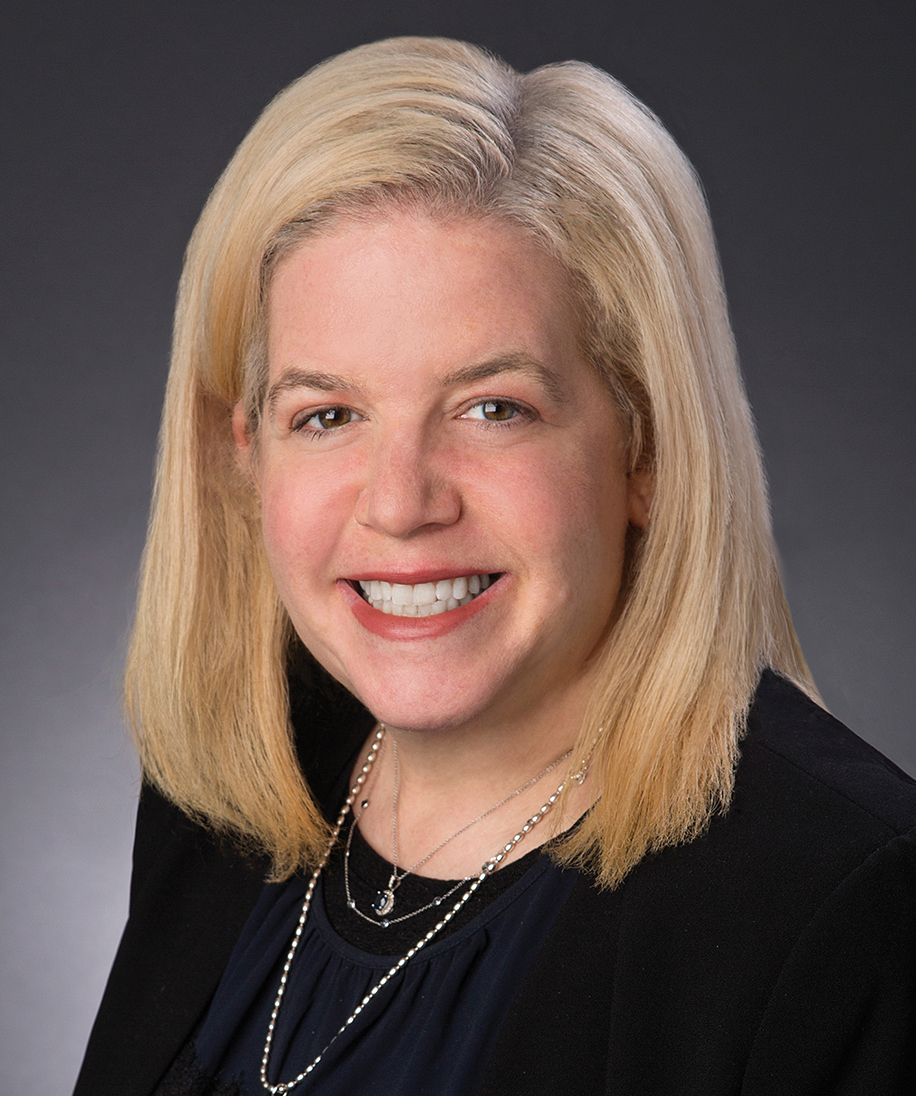
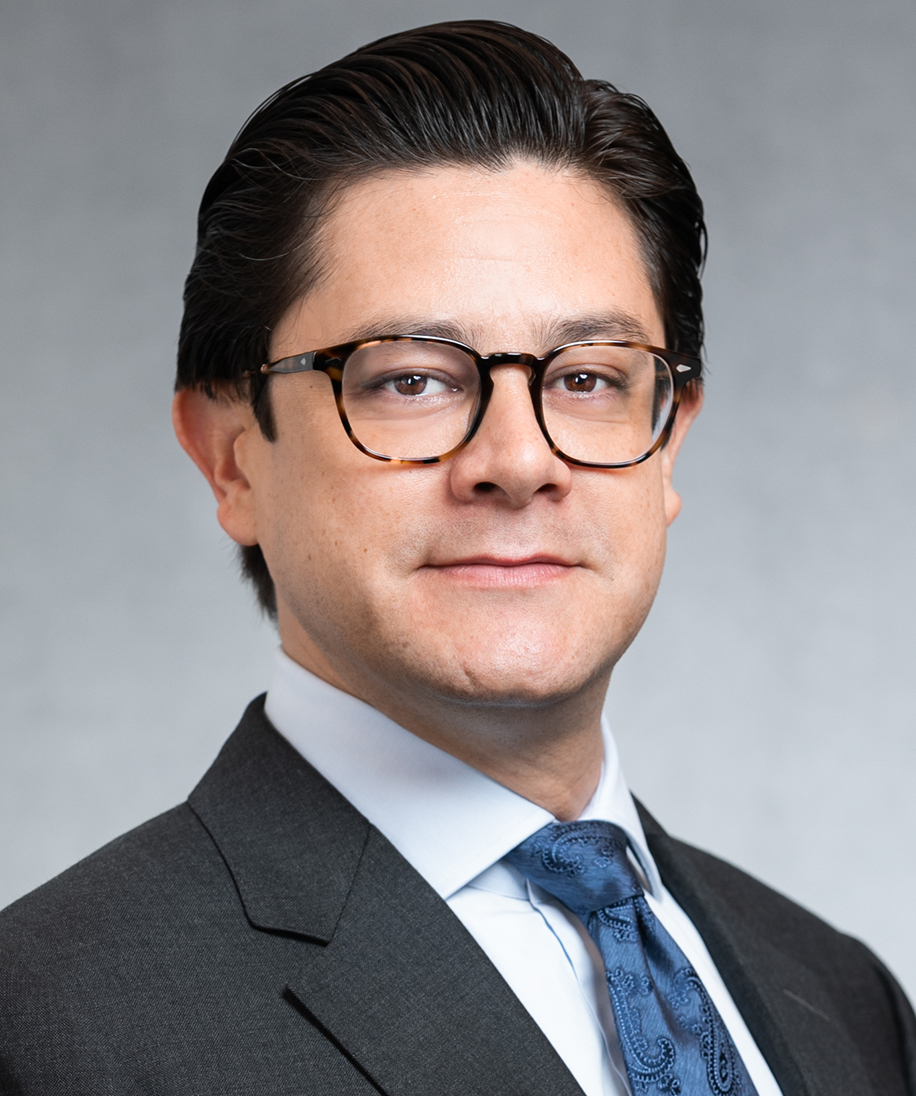
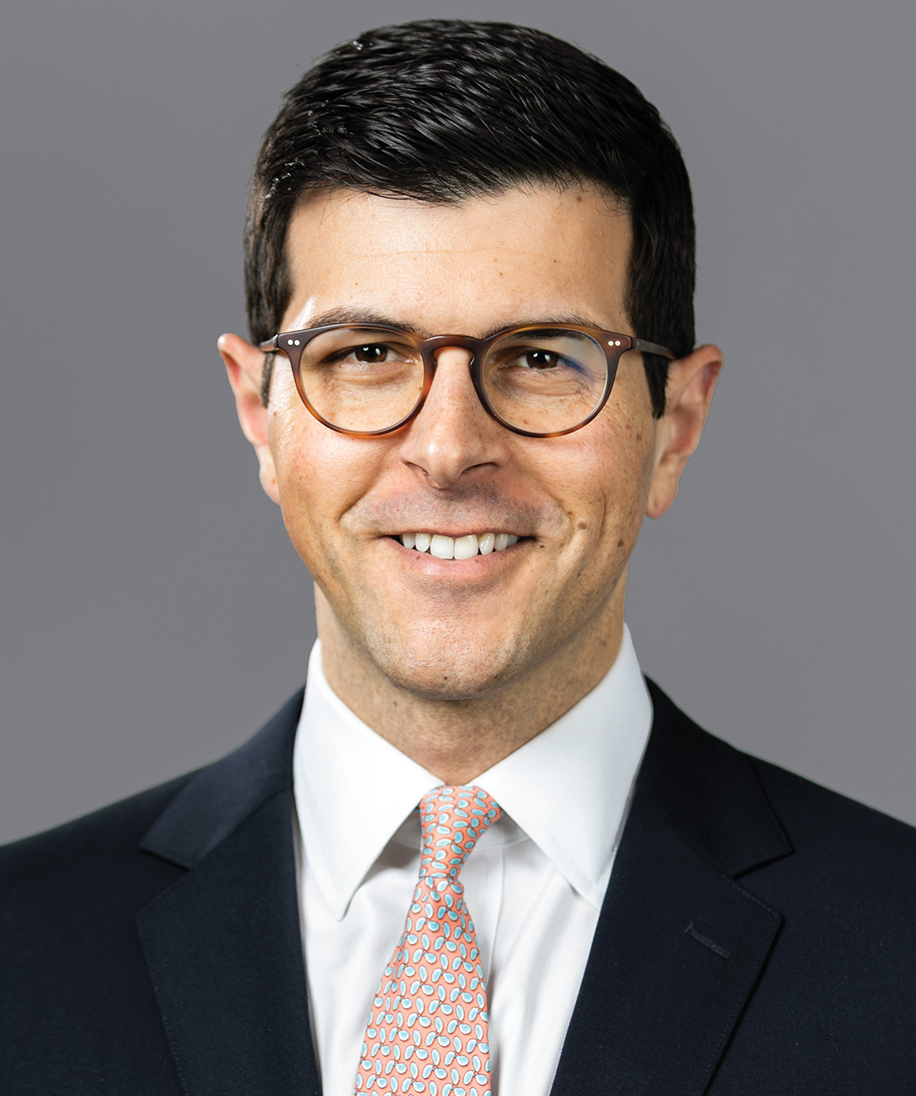
Practice Areas
Direct Lending and Private Credit Lending
Energy and Global Climate Change
Leveraged & Syndicated Lending
Securities and Capital Markets
For More Information









